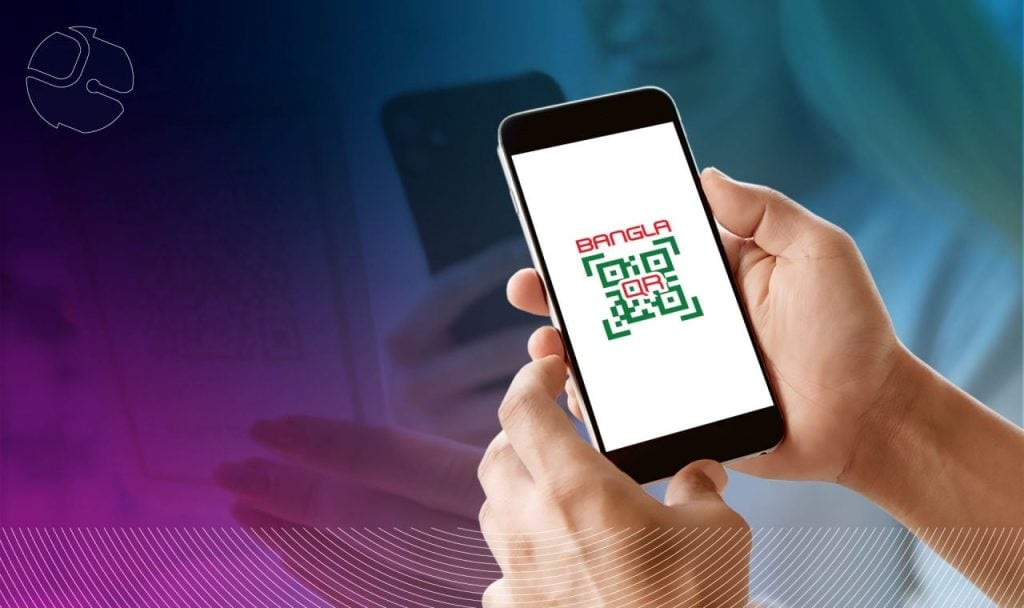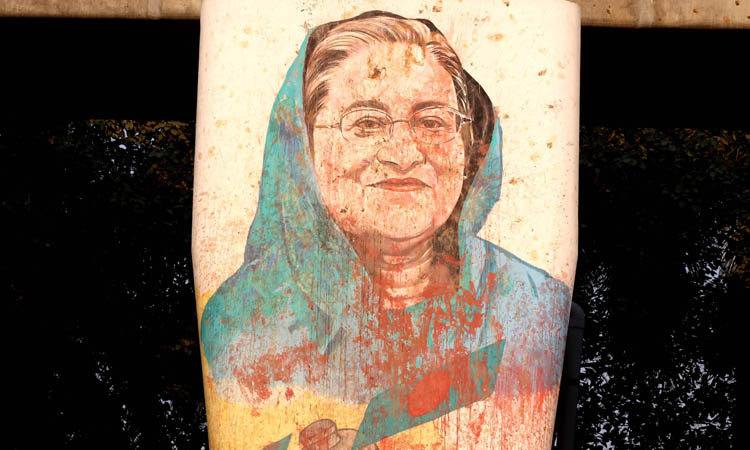
Md. Khan Monzur Wahid Uddin & Anik Muntasir Chowdhury: Rahim runs a busy tea stall in Singair Upazila, Bangladesh. Every day, he serves steaming cups of cha to a steady stream of customers. Business is good, but cash payments are a headache. Customers get frustrated when he lacks change. Some walk away when he offers toffees instead of small change. By the end of the day, Rahim struggles to track his sales, and he wonders—is there a better way?
Rahim is not alone. In Bangladesh, 80% of transactions occur in cash, which creates inefficiencies and stalls business growth. The Bangladesh Bank introduced Bangla QR to reduce the burden of cash payments. Bangla QR is a universal QR-based payment system designed to simplify transactions and boost financial inclusion. Yet, cash remains king. What is stopping the shift?
Our research in Bangladesh reveals a critical gap: Local bank branch officials lack the necessary technology, skills, and insights to support digital payment processes. When merchants face challenges, they turn to these branches for help. However, branch officials often cannot assist them. As a result, merchants must seek support from the head office, frequently located far away, which leads to frustration and delays.
This lack of on-ground support erodes merchants’ trust in the banking system and discourages small merchants from adopting digital payments. At the same time, bank staff—who feel unprepared to address these issues—are less likely to promote solutions, such as Bangla QR. Ultimately, this weakens efforts to expand digital payment adoption.
Understanding Bangla QR-based digital payments
QR codes provide a contactless and efficient way for people to pay. They help bridge the gap between traditional banking and digital financial services. The integration with the National Payment Switch makes transactions seamless and allows users to pay easily across multiple platforms.
In Bangladesh, Bangla QR is a key example of this technology in action. It improves transaction efficiency and ensures security for users. Encrypted transactions protect sensitive data and build trust among merchants and consumers. Bangla QR is also cost-effective. It offers lower merchant discount rates (MDR) of 0.5% through bank apps and 0.8% through mobile financial services (MFS) wallets, which makes it more affordable than other DFS payment systems. This makes it a practical choice for small merchants who seek to accept digital payments.
When it comes to QR, local bank branches are in a bind
Our discussions with banks revealed that no local bank staff had the necessary technical knowledge about QR-based digital payments or the merchant onboarding process. Furthermore, they lacked access to the digital payment platform and its data, which limited their ability to assist merchants effectively. As trusted points of contact for local customers and merchants alike, these officials highlighted that the promotion of QR-based digital payments would be futile if customer grievances were not resolved effectively first.
Without proper grievance management, customers may lose faith in the system, which would lead to a decline in digital payments’ adoption. Bank officers believe that access to customer and merchant-related data related to QR-based transactions will revolutionize how effectively they can support customers and merchants. However, the officials highlight another challenge—budgetary and staffing limitations—due to which they struggle to onboard QR merchants and promote digital payments.
Adoption challenges trickle down from branches to merchants
As per MSC’s research in Singair, 64% of retail traders do not understand the value proposition and use cases of QR-based digital payments. This compels them to seek answers at bank branches, which delays adoption. Delays in fund settlements and variations in MDR across providers deter their uptake of QR payments. Bank branches also lack the infrastructure to support these transactions and provide customer support. Bank officials lack knowledge about QR-based payment systems and cannot resolve customer grievances, which erodes customer trust. Concerns over security and fraud are also significant barriers to broader adoption.
How can banks strengthen branch capacity to support local merchants with digital payments?
Banks can cover significant ground with these five easy solutions.
- Comprehensive training for local bank staff on digital payments and customer support is essential. Banks can develop standardized training modules for the branches to ensure consistent merchant onboarding. This module should also be available to new or transferred bank officials to ensure smooth integration.
- Streamlining merchant onboarding through digital means, such as personal retail accounts, can reduce the administrative burden and speed up merchant acquisition.
- A standard operating procedure designed by a regulator or the central management of respective banks can also streamline the QR merchants’ onboarding process.
- Banks can develop a dashboard to provide their branches with access to transaction data. Bank officers could resolve customer grievances at the local level with this tool. It would enhance trust and confidence in digital payments. Additionally, banks can provide incentives to local bank officials based on the number of QR merchants they onboard.
- Finally, banks can increase funds to promote digital payments. Digitization can help the bottom-line of banks in the long term. For example, Kotak Mahindra Bank doubled its customer base in India from 8 million to 16 million after it launched its fully digital banking service, Kotak 811. The way ahead
Local banks must be empowered to accelerate the adoption of QR-based payments in Bangladesh. These branches are the first point of contact for merchants and customers. Their capacity must be strengthened through training, simplified and streamlined processes, and better access to transaction data. This can help rebuild trust, resolve grievances, and encourage the widespread use of Bangla QR.
The shift to a stronger digital payment system can benefit merchants and consumers alike to enable Bangladesh’s progress toward an inclusive digital economy. Only then would millions of microentrepreneurs, just like Rahim, serve up many more cups of refreshing ‘cha’ to his customers and, in the process, chart a better future for themselves and their families.
Authors:
- Md. Khan Monzur Wahid Uddin, Manager- Bangladesh, Government Advisory, MSC Consulting Bangladesh Ltd.
- Anik Muntasir Chowdhury, Consultant, MSC Consulting Bangladesh Ltd.








